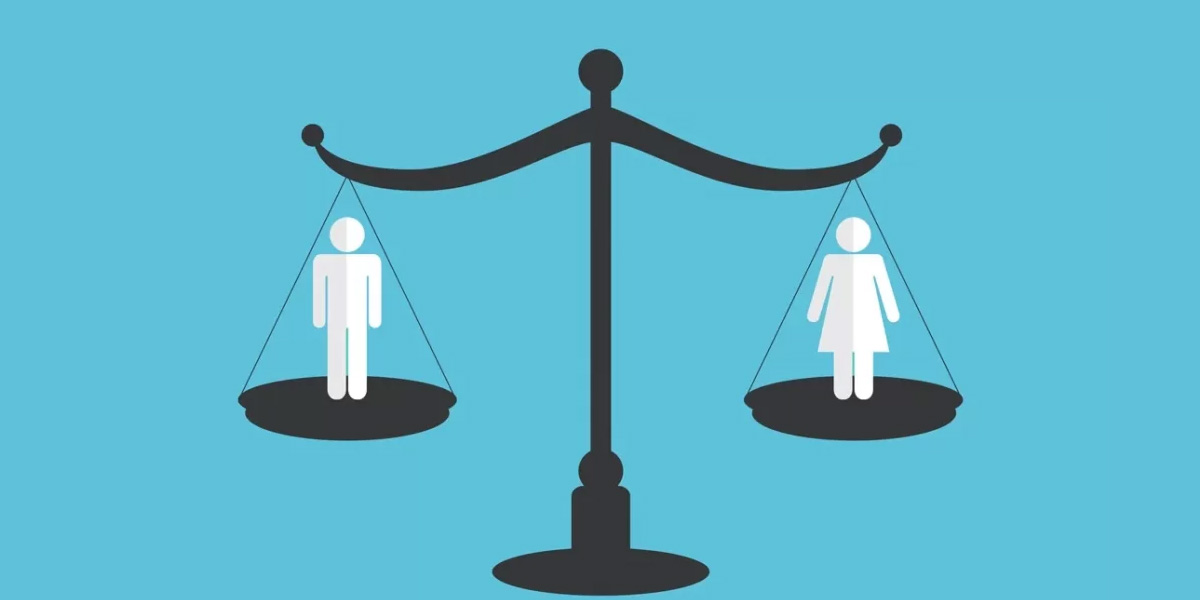With the evolution of the idea of intersectionality, there is no such thing as an abstract category of women, which includes all women. From the very moment of birth, we are all born into some structure in the form of a particular class, a particular ethnicity, a particular religion or a particular sect. And we are brought up according to that, and our level of power vis-a-vis the state and empowerment depends on where we are located in the social structure. There tend to be huge differences between and among different women with regard to their social class, ethnicity, religion, sex, and other markers of social differentiation. When these differences are kept in mind, one realizes that the approach to empowerment has to be holistic, it cannot just be the empowerment of women. If a woman is a laborer, then labor empowerment is also important to empower her, if she happens to be a woman as well as a Christian, than the empowerment of minorities is also imperative. Otherwise, even if she’s empowered in one context, she’ll be disempowered in another. So all kinds of empowerment must be all-inclusive and go together, including the empowerment of religious minorities, the empowerment of ethnic minorities, of social classes etc. Empowerment means different things to different people, so there is no single set definition thus far. Moreover, empowerment cannot be ensured by bringing changes at the individual level alone. Self-empowerment is an essential prerequisite for women to get economic empowerment and inclusion opportunities from the state.

Basic Goal of Empowerment
The ultimate goal of empowering anybody is to create equality in society, relative equality which means that we have to fight the social structure in which wealth and other resources are distributed unequally, as these inequalities tend to disempower people in different capacities. The principle of equality is also enshrined in Pakistan’s constitution; article 25 (2) of Pakistan’s Constitution says that there shall be no discrimination based on gender alone. If efforts are made to achieve this goal, Pakistan will automatically attain SDG 5 put forward by the United Nations.

The 3 Essentials for Women’s Empowerment
Women’s economic empowerment can be understood through three essentials. The first major feature of empowerment is having choices, being able to decide what a woman wants to do and what she doesn’t want to do. But unfortunately, in Pakistan only women from upper middle, and upper class get this opportunity, while the women from lower middle, and lower economic class do not have the opportunity to choose the right mode for them to enter economic domain, and hence they end up working in the informal economic domain.
The second key feature of empowerment is access to resources, resources do not necessarily mean just material resources. They also mean access to health, education, credit, and land. In Pakistan, a lot of women don’t have any financial capital. Even when they rightfully should inherit their property, they don’t because it is taken away by the family, and in return, women are given a few gifts like dowry (which is a curse in itself), so she doesn’t have access to credit. Many women don’t have their ID cards in Pakistan so they can’t open a bank account and hence can’t have access to any credit to start a small enterprise of their own. Similarly, numerous women don’t have land ownership, many of them don’t have access or permission to take up employment opportunities. Education and health sectors are also gendered and patriarchal because when a family can only afford to educate one child, they are more inclined towards educating the male children, because they are seen as future breadwinners, which turns out to be wrong in most of the cases, as around 50% of Pakistani households are women headed households.
The third very important feature of empowerment is autonomy. In few cases, if family does put some land in the name of the woman, she doesn’t have any control over it. She can’t transfer, sell, or use it to get credit. Likewise, if a women brings home an income, she doesn’t have any actual control over her money. It is either taken away by the parents, brothers, or her husband. She’s not allowed to use her income as she deems fit. If she thinks that there should be household expenditure on one item, she can’t decide that because even her salary or her income is taken away and used by the family. So having actual power and control over your life, your time and your resources is actual autonomy and actual empowerment.
So choices, access and autonomy are three of the defining features for women’s economic empowerment, as comprehensive economic inclusion is not possible unless women are provided with these three extremely critical privileges.

